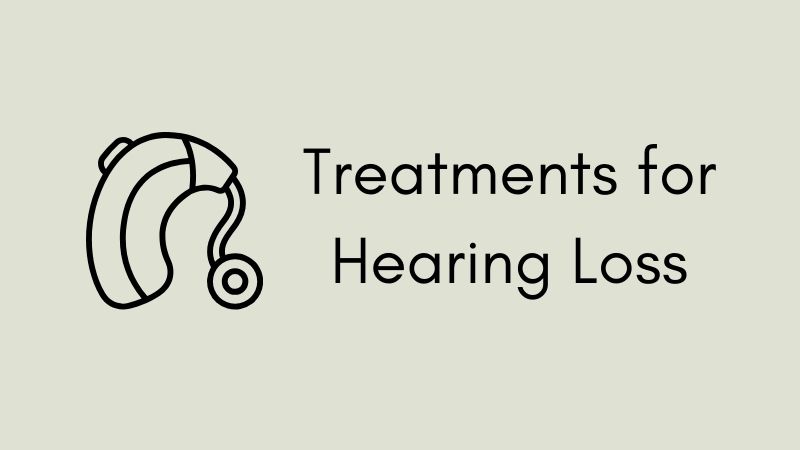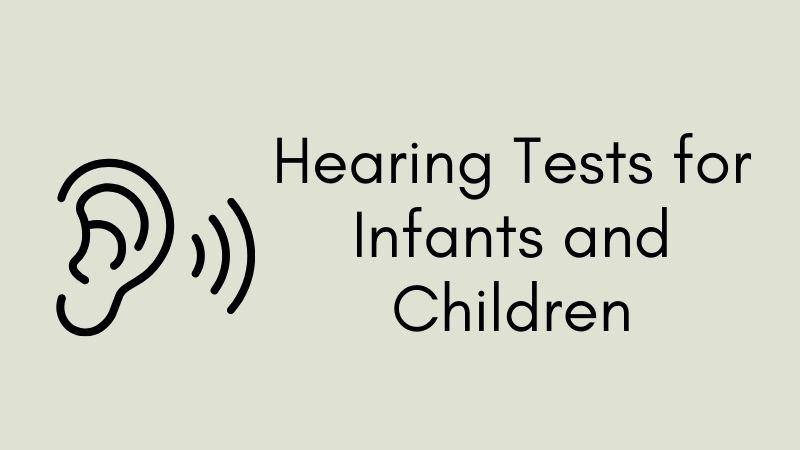CSC Resources
-

Vital Signs: Health Care Access for Deaf, DeafBlind, and Hard of Hearing Patients
Health Care Access for Deaf, DeafBlind, and Hard of Hearing Patients – DeafYES! Center for Deaf Empowerment and RecoveryRead more ›
-

Microtia / Atresia and Hearing Loss
Microtia is a Latin word that means “Small Ear”. It can vary from the complete absence of the external ear to an ear that is normal in shape but smaller in size. Read more ›
-

Types of Hearing Loss – Part II
Everyday in the United States, approximately 1 in 1,000 newborns (or 33 babies every day) is born profoundly deaf, another 2-3 out of 1,000 babies are born with a partial hearing loss, making hearing loss the number one birth defect in America.Read more ›
-

Treatments for Hearing Loss: Part II
Most often, hearing loss treatment depends on what kind of hearing loss your child has and which specialists are the best suited to handle the treatment.Read more ›
-

A Special List of Specialists – Part II
Whether your child uses assistive technologies, is in the process of being evaluated, or is waiting for follow up testing, it is critical they have access to language, visual or verbal, from birth.Read more ›
-

Hearing Tests for Toddlers & Children
Pediatric Audiological Evaluation (PAE), or behavioral hearing evaluations are used with children who are old enough (usually over 7 months) to respond to sounds either by turning their head or by playing a game.Read more ›
-

CSC Assistive Technology
Discover a world of possibilities at the Community Services Center (CSC), where we proudly offer a range of assistive technology items for the community to explore and try out.Read more ›
-

What is a Speech Banana?
A speech banana is a tool you can use to chart what your child can hear in a natural environment.Read more ›
-

Unilateral Hearing Loss
Unilateral hearing loss (UHL) is when there is a hearing loss in one ear and normal hearing in the other ear. It may be congenital (from birth) or from something that happened after birth (medication, trauma, genetic).Read more ›
-

Types of Hearing Loss
The ear has three parts: outer, middle and inner. Sound enters the ear through the ear canal (part of the outer ear), hits the eardrum (beginning of the middle ear) and shakes the three bones in the middle ear.Read more ›
-

Treatments for Hearing Loss
Parents and Professionals work as a team to determine the most appropriate treatment for a child with hearing loss based on several factors: Is the loss permanent or temporary? Will the child be aided or not? Will surgery be an option later on or right away?Read more ›
-

A Special List of Specialists
Hearing loss is the number one birth defect in the United States. It often occurs alone, with no other mental or physical challenges to the child.Read more ›
-

Hearing Tests for Infants & Children
When children with hearing loss receive timely and appropriate diagnostic and intervention services, they can have positive language, listening and speech outcomes.Read more ›
-

How to Read an Audiogram
An audiogram is a graph to show the softest levels of sound your child can hear. It is a picture of the results of the hearing tests that are done by an audiologist.Read more ›
-

Sexual Assault Resources for Men
Sexual Assault Resources for Men – Hawaii Coalition Against Sexual AssaultRead more ›
-

Sexual Assault Resources for Women
Sexual Assault Resources for Women – Hawaii Coalition Against Sexual AssaultRead more ›
-

Simple Tips for Processing Grief and Shock: Maui
This resource provides some information and links regarding processing and healing grief and shock.Read more ›
-

Identifying Support in Your Life: A Worksheet
This resource is to help you identify support for your life, especially useful in times of vulnerability, trauma, grief, or shock.Read more ›
-

13 Ways to Help Yourself Feel Okay
This resource provides some tips for releasing anxiety and promoting wellness.Read more ›
-

Where to Get Free Hearing Aids
This list offers some ideas on where to get hearing aids for free in Hawai’i.Read more ›
